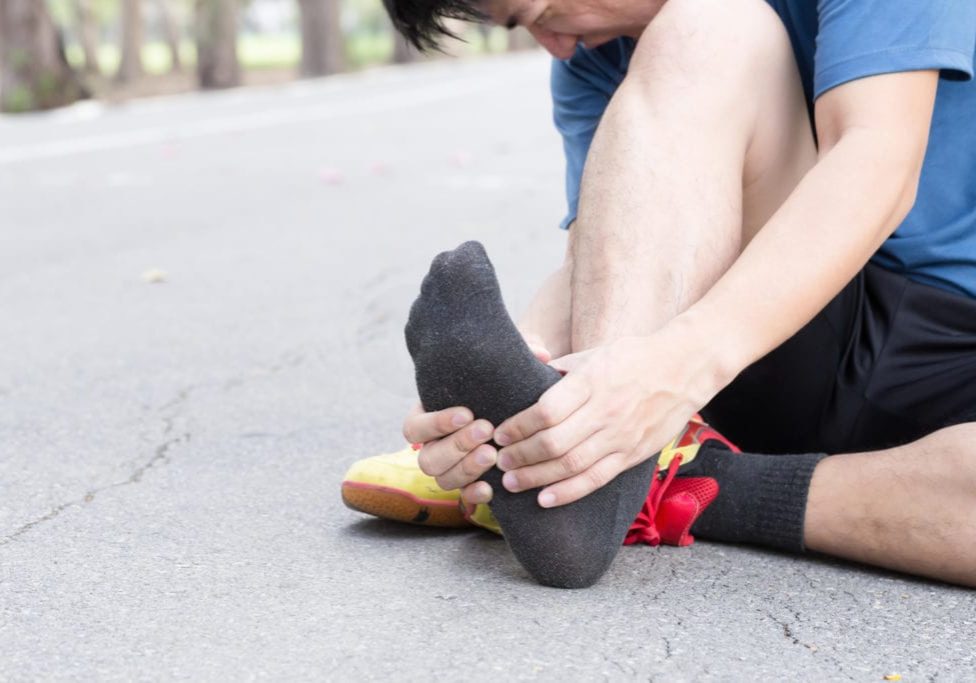Do you have pain on the base of your foot or heel and not quite sure what it’s from? There is a chance you have plantar fasciopathy, and physiotherapy can help! This article aims to explain this condition and how it can be managed with the help of your physiotherapist – read on to find out more:
What is plantar fasciopathy?
Plantar fasciopathy is the most common cause of heel pain – affecting approximately 1.33% of those aged between 45 – 64 and is 2.5 times more likely in females than males.
The plantar fascia is a tissue that supports the arch of your foot. When the structures on the base of the foot become overloaded (i.e strenuous activity) the plantar fascia and adjacent structures can respond with pain and inflammation.
Over time if the plantar fascia continues to be overloaded – this pain can become a long term chronic problem and requires physiotherapy to fix!
Signs and Symptoms can include:
- Stabbing pain in base of heel
- Pain in arch of foot
- Worse pain with first few steps after inactivity – then pain reduces when warmed up
- Inflammation on base of foot
- Common in those who recently increased load (i.e returned to running/gym/dancing).
Management with Physiotherapy:
Management of this condition focuses firstly on load management – your physiotherapist will identify the activities that are making your pain worse and put a plan in place to give the foot time to settle down. In combination with this advice, your physiotherapist will use manual therapy techniques to release adjacent areas, including muscles deep in your calf to deload the base of your foot. Where appropriate your physiotherapist may tape the base of your foot to provide additional support or advise you on appropriate shoes to minimise your symptoms in the first stage of rehabilitation.
Once your pain is minimised and you are able to walk more appropriately – your physiotherapist will guide you through a home exercise program to slowly introduce the affected structures to more load. Over time these structures will strengthen and be able to cope with higher level activities with nil pain. Your physiotherapist will make your home exercise program specific to your treatment Goals (i.e running/cycling).
Do’s and Don’ts
DON’T: Ignore the problem or continue a painful activity – you may make things worse.
DON’T: consider the injury is resolved when the pain or initial swelling is gone – weakness in these structures can mean the problem returns if not correctly rehabilitated.
DO: Seek advice from your Physiotherapist as soon as possible! We are here to help and answer any questions you may have.

